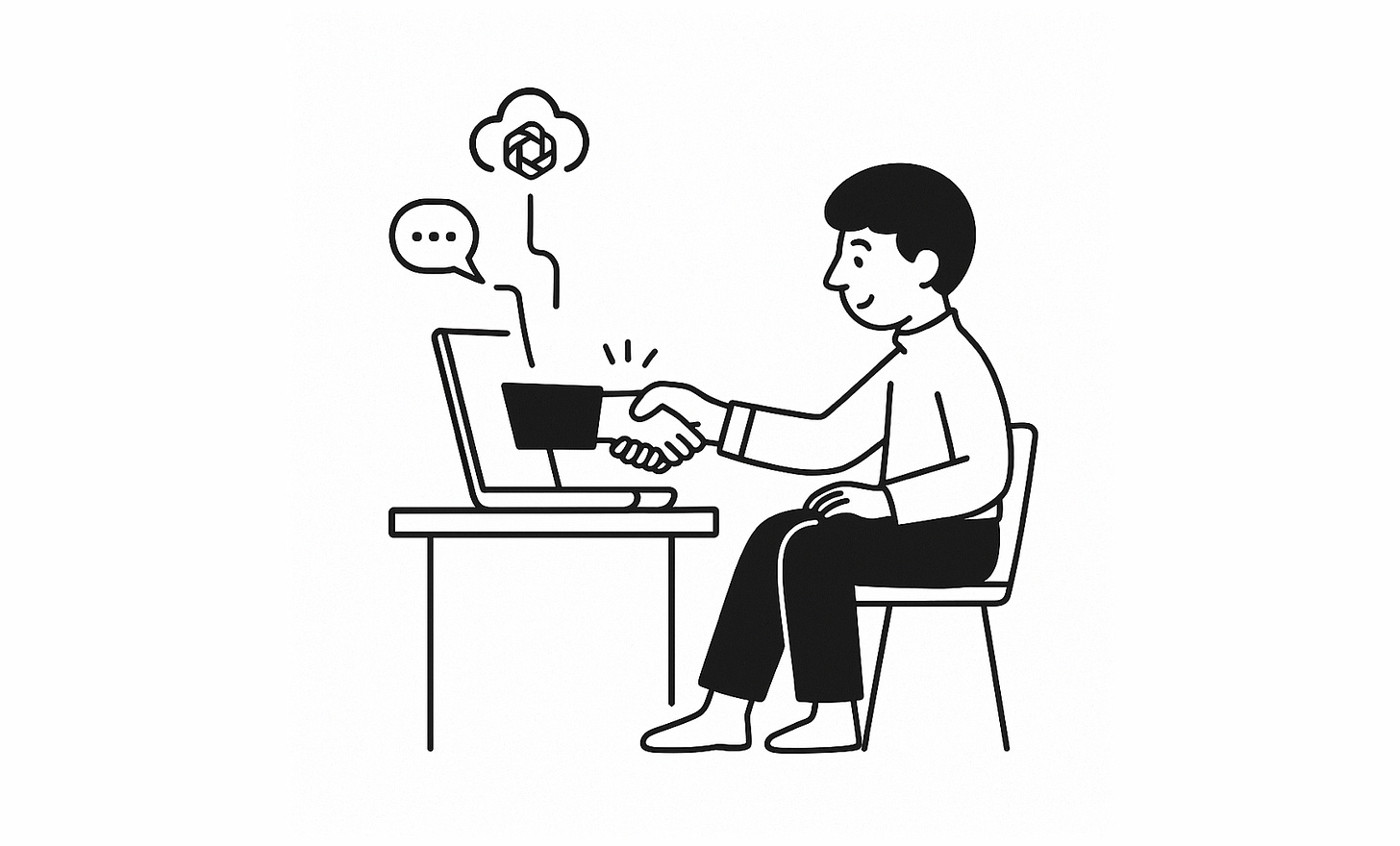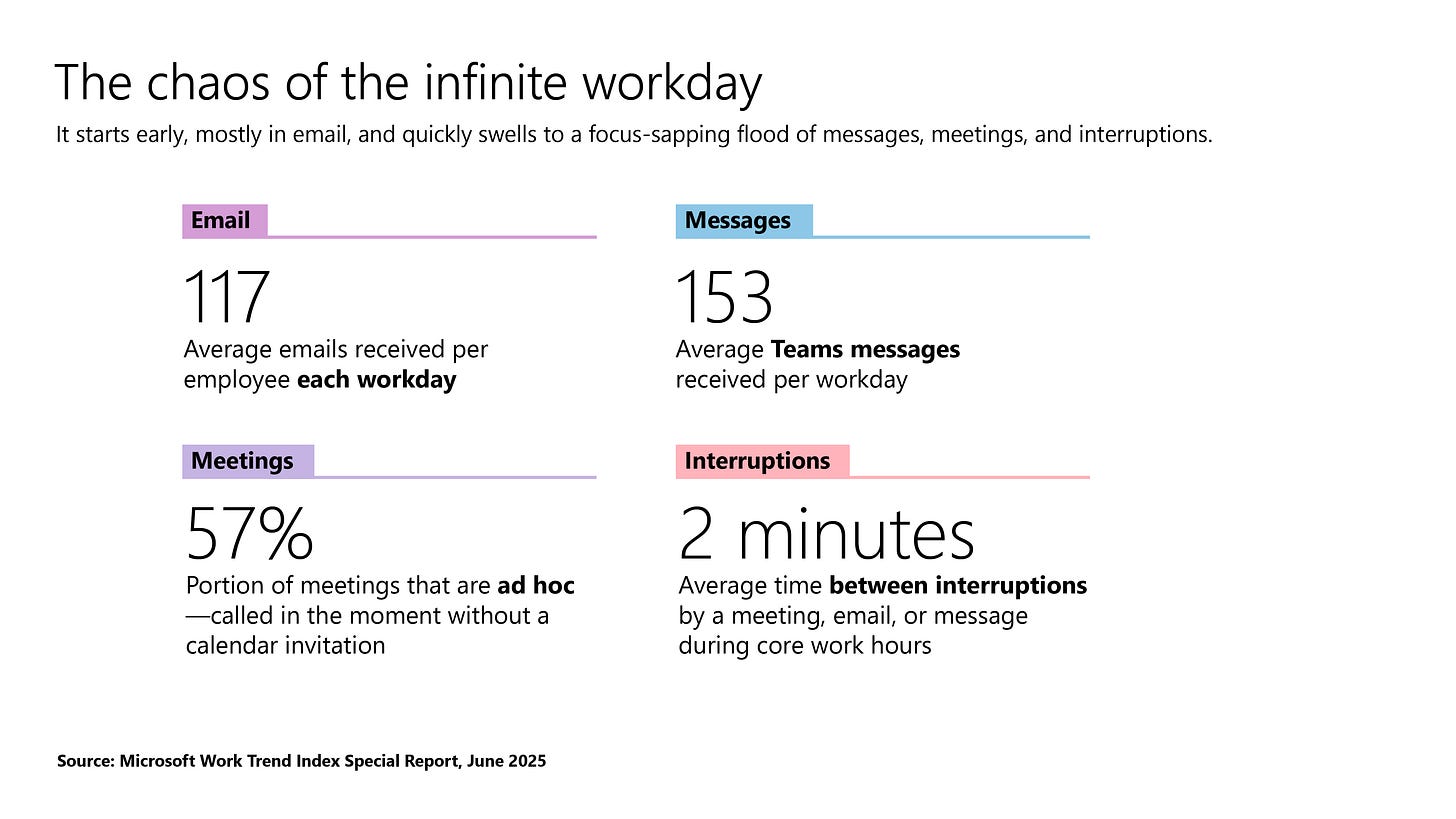Tiny Teams Aren’t New. We Just Forgot.
Everyone talks about AI and the rise of small teams as if it’s a brand-new thing. It’s not.
👋 Ciao, Alex here. Welcome to a new free edition of Not Just Bits. Thank you to all the readers and supporters of my work! Every month, I aim to share lightweight and informative resources for CTOs.
Small, high-leverage teams have always built the future.
WhatsApp had about 35 engineers and reached 450 million users.
Instagram? 13 employees, 30 million users.
Waze? Around 100 people, 50 million users.
No AI. Just focus, clarity, and smart systems.
So why is everyone suddenly excited about “Tiny Human + AI Teams”?
Because AI makes what’s old feel new again.
It reminds us how powerful small can be.
The Reality
Tiny Human–AI teams run light.
No endless meetings.
No decks to “align.”
No 17-person threads about the roadmap.
They don’t talk about output — they produce it.
They build. Ship. Adjust. Repeat.
You can already see it happening:
Lovable → 2.3 million users, under 50 people
Midjourney → 20 million users, about 100 people
A few humans. Smart systems. outsized results.
The pattern isn’t new — it’s returning.
The Current Setup Is Broken
Here’s the number one pain in the 🍑: meetings.
Microsoft’s 2025 Work Trend Index found that:
The average employee gets 117 emails a day
Receives 153 Teams messages daily
Faces an interruption every 2 minutes
And 57% of meetings are ad hoc — called without notice
That’s not collaboration. That’s coordination theater.
Continuous updates.
Stakeholder check-ins.
Three-month roadmaps for three-day projects.
It’s noise pretending to be work.
What Needs to Change
If you’re a leader, stop counting people. Start measuring flow.
In AI-driven teams, output isn’t about hours or headcount.
It’s about how fast ideas move from concept to customer.
You don’t manage tasks anymore. You monitor systems.
You watch for:
Signal quality → is the AI producing useful insights?
Decision speed → how quickly can humans act on them?
Learning loops → are people and models improving together?
The hiring ceiling isn’t the problem anymore.
The leverage ceiling is.
The teams winning now aren’t the biggest.
They’re the ones augmenting every engineer with AI.
A Word of Caution
Small does not fit everything.
Some problems in healthcare, energy, and climate are too complex for five-person teams.
They depend on regulation, infrastructure, and deep coordination.
AI will not replace that scale.
But it can reshape it.
By cutting the coordination tax, AI allows small, focused units inside large systems to move faster without breaking what must stay stable.
The Truth
Tiny teams are not a trend. They are a return to what works.
The real shift is not about replacing people with AI.
It is about using AI to extend what small, focused teams can do.
The future belongs to those who stay small enough to move fast and think clearly.
I’m curious what you think.
✅ Before you go:
Please share this post and invite your network to subscribe to the Not Just Bits newsletter.
Feel free to connect with me on LinkedIn.
See you soon! Best, Alex Di Mango



